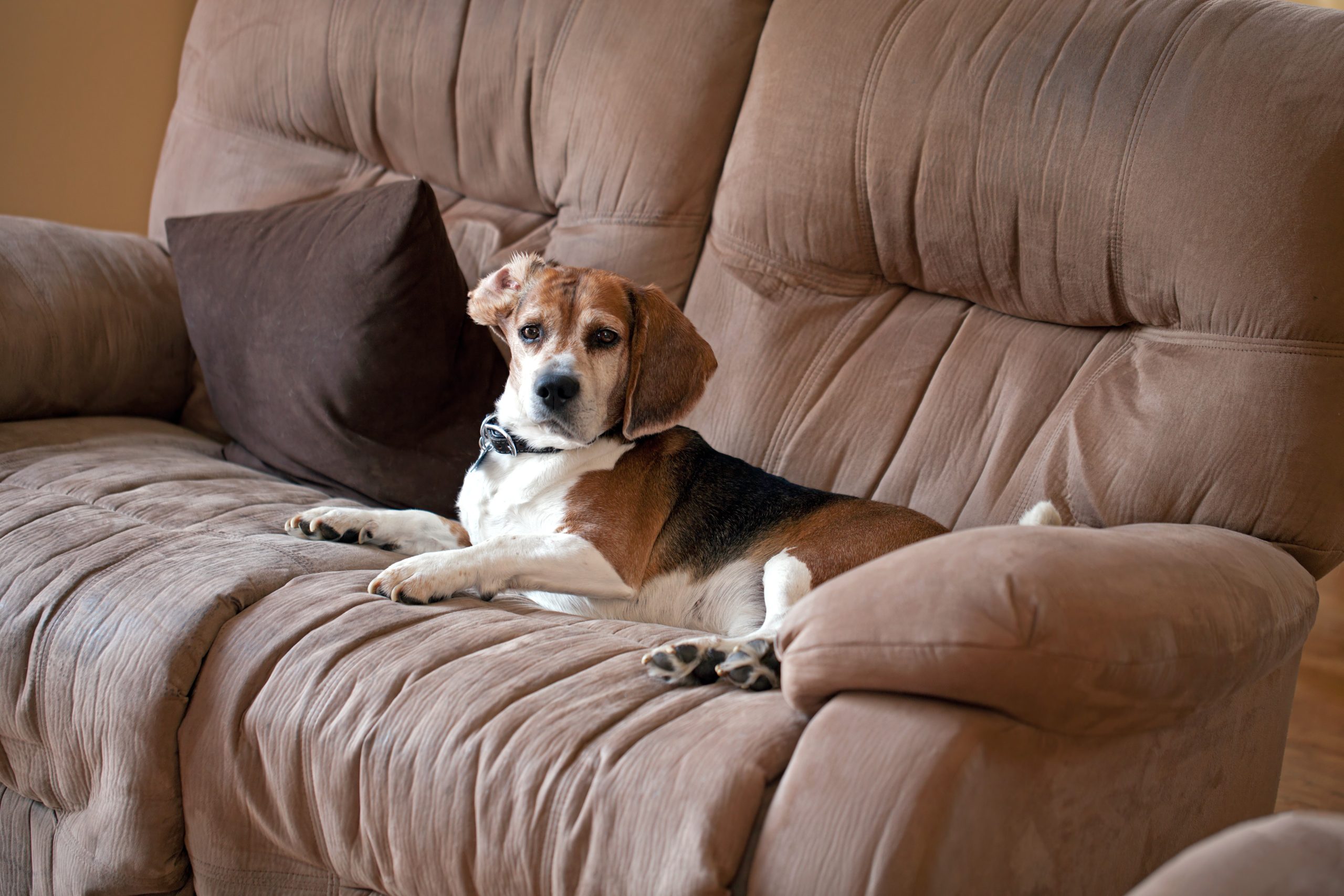Are you tired of coming home to find your shoes chewed up or your furniture scratched? Do you want to teach your puppy not to jump on guests or bark excessively? If so, then indoor puppy training is for you. In just a few weeks, you can have a well-behaved dog that obeys your commands and doesn’t engage in destructive behavior.
When should you train your puppy? As soon as possible! The sooner you start training your pup, the easier it will be to correct bad habits before they become ingrained. It’s also important to start early because puppies are like sponges – they absorb everything around them. By teaching your puppy good behaviors now, you’ll set him up for success later in life.

What is the best way to potty train your puppy? Consistency is key when it comes to potty training. You need to take your puppy out at regular intervals throughout the day and reward him when he goes outside. It’s also essential to praise your puppy when he does something right and ignore him when he makes mistakes. With consistency and patience, you can successfully potty train your puppy in no time.
What is the best obedience training for my dog? Obedience training is an essential part of any dog’s education. It helps establish boundaries and teaches your dog to listen to your commands. There are many different methods of obedience training, including clicker training, positive reinforcement, and leash/collar training. The best method for your dog depends on his personality and temperament. Some dogs respond well to treats and praise, while others require more structure and discipline.
How many days per week should I train my dog? Ideally, you should train your dog every day. However, if that isn’t feasible, aim for at least three to four times per week. Consistent training sessions help reinforce good behaviors and prevent bad ones from taking root. Remember, the more you put into your dog’s training, the more you’ll get out of it.
What is the best puppy training method? There are several effective puppy training methods, but the most popular one is positive reinforcement. This method involves using rewards (such as treats) to encourage desirable behaviors and ignoring unwanted ones. Positive reinforcement works because it focuses on building a strong relationship between you and your dog based on trust and respect.
Indoor puppy training is essential for keeping your new furry friend healthy and happy. When you bring your puppy inside, make sure to provide plenty of opportunities for exercise and playtime. You can use toys, puzzles, and games to keep your puppy engaged and entertained. Additionally, crate training can help housebreak your puppy faster by providing a safe space where he can relax and avoid accidents.

Stop chewing things in just a few weeks
One of the most common problems with young pups is their tendency to chew on anything within reach. While this behavior is normal, it can quickly turn into a serious problem if left unchecked. To stop your puppy from chewing on inappropriate items, try redirecting his attention to appropriate chew toys. You can also use bitter apple spray to deter your puppy from chewing on certain objects. With consistent training and management, you can curb your puppy’s chewing habit in just a few weeks.
In conclusion, indoor puppy training is crucial for raising a well-mannered and obedient dog. Whether you choose positive reinforcement, leash/collar training, or another method, remember to be patient, consistent, and kind. With dedication and effort, you can achieve great results in just a few short weeks.
Other Questions People Ask
What are effective strategies for indoor puppy training to stop destructive behaviors like chewing and jumping?
Consistent redirection and positive reinforcement are key to indoor puppy training. Provide appropriate chew toys and praise your puppy when they use them, while gently discouraging chewing on furniture or shoes. To curb jumping, teach your puppy to sit calmly before greeting people, rewarding good behavior. Regular, patient training helps your puppy learn acceptable behaviors within a few weeks.
How can I quickly train my puppy to stop barking excessively indoors?
Indoor puppy training to reduce barking involves teaching your dog the "quiet" command and rewarding silence. Identify triggers that cause barking and desensitize your puppy gradually. Consistent commands, combined with positive reinforcement when they remain quiet, will help your puppy learn to control excessive barking in just a few weeks.
What indoor training methods work best for teaching a puppy not to jump on guests?
The most effective method is to teach your puppy to sit and stay when greeting guests, rewarding calm behavior. Use treats and praise to reinforce this behavior, and ignore jumping attempts. Consistent practice with guests and setting clear boundaries will help your puppy learn proper greeting manners quickly.